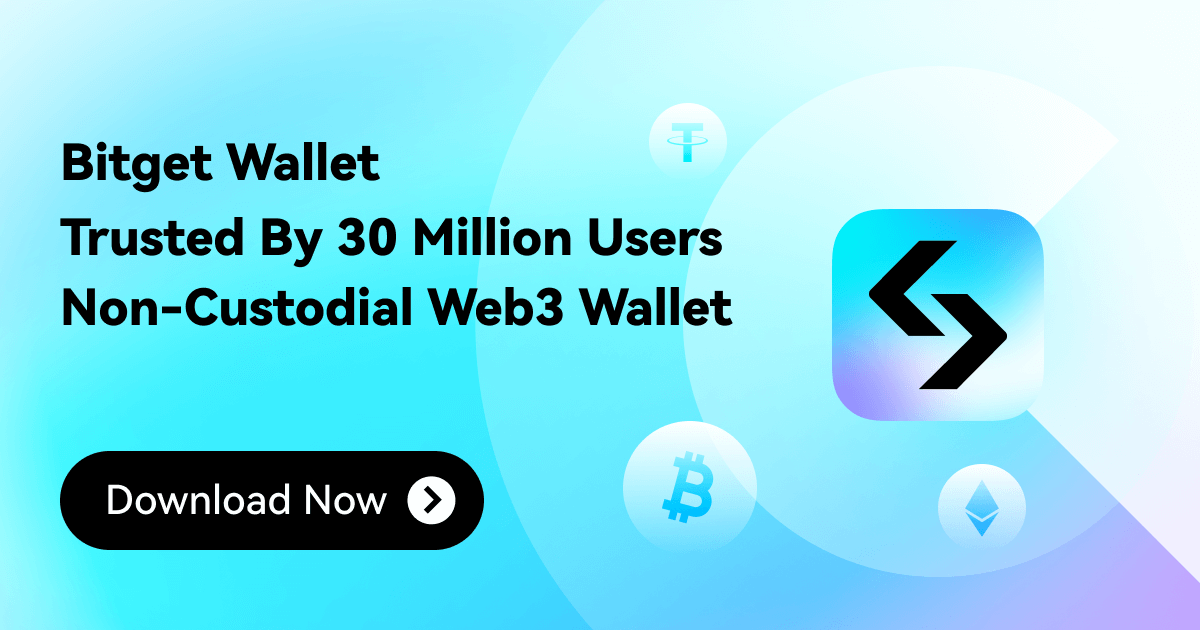What is DeFi
Definition: DeFi is translated as the abbreviation of decentralized finance, which aims to complete the business of "savings, loans, transactions, insurance, etc." without centralized entities (such as banks and financial institutions), rebuilding traditional banking services.
Target:Provide an open alternative for people in the world with an internet connection.
Status quo:It is more appropriately called "distributed finance" or "open finance" as most of the current DeFi products and services are a combination of centralization and decentralization.
Idea:DeFi is a financial concept, a financial concept.
Traditional Finance CeFi vs Open Finance DeFi
Simply put, DeFi is the transfer of traditional finance to the blockchain network. However, compared with traditional finance, it achieves decentralization through blockchain, and uses smart contracts to replace privileged institutions in the traditional financial field, enabling users to enjoy financial services at a lower cost and improving the operating efficiency of the entire financial system. As shown in the figure below, various services of open finance can basically find corresponding modules and services in traditional finance.
As an integral part of the vast crypto world, DeFi provides many mainstream financial services similar to the traditional financial world in a way that is controlled by the masses rather than a centralized entity.
If Bitcoin laid the foundation for peer-to-peer payment services when it launched in 2009, the Ethereum public chain, launched on July 30, 2015, maximized the potential of blockchain in the financial industry and encouraged the launch of new startups Companies and projects, forming an ecosystem of decentralized finance.
The launch of the MakerDao protocol is a turning point for financial applications in the blockchain space - it allows users to do more with their money than just transfer money between two addresses. MakerDAO is an Ethereum-based protocol that allows users to earn DAI — a 1:1 dollar-pegged stablecoin issued by MakerDAO — by using digital assets as collateral. MakerDAO provides the first LEGO for building a new, open, permissionless DeFi ecosystem.
Since then, other smart contracts have come online, creating an increasingly dynamic and interconnected ecosystem.
Compound, released in September 2018, provides borrowers with a market for over-collateralized loans, and lenders earn from the interest paid by borrowers; the innovation of its liquidity mining also triggered the outbreak of DeFi in 2020, Known as the "Summer of DeFi".
Launched in November 2018, Uniswap, a decentralized exchange (DEX) platform on Ethereum, allows users to seamlessly and permissionlessly exchange various tokens on Ethereum.
Figure: The development history of DeFi
Since then, a variety of DeFi applications have emerged one after another, from the most basic lending and trading, to more complex synthetic assets, payments, insurance and even non-destructive lottery tickets, creating a rich, evolving, and decentralized financial ecosystem.
Six ecological sectors of DeFi
The DeFi ecosystem can be divided into six major sectors, namely: stablecoins, transaction layers, oracles, DeFi basic projects, aggregators, and wallets.
- Stablecoins: The Foundation of the DeFi Ecosystem
- Transaction layer: With the development of DeFi, the performance problems of public chains have become increasingly prominent, especially Ethereum. Therefore, at the transaction level, many public chains are actively exploring solutions, including Layer 1 and Layer 2. Layer 1 is basically to fundamentally improve the performance of the public chain, while Layer 2 is to improve the performance of the Ethereum network (Layer 1).
- Oracle: Oracle provides price information for various Dapps/protocols, and it is a bridge between the on-chain and off-chain worlds.
- DeFi basic projects: stablecoins, transaction layers, and oracles constitute the most infrastructure in the DeFi ecosystem. With these infrastructures, various decentralized applications can be built on it. Among them, DeFi basic projects can be divided into several categories such as lending, DEX, and derivatives.
- Protocol Aggregator: There will be interest rate differences between different lending platforms and different exchanges, and aggregators are generated on this basis. Aggregators convert highs and lows based on spreads between different platforms, thereby increasing yields.
- Wallet: As one of the main components of the DeFi ecosystem, it is regarded as the browser of the DeFi world, through which users can use various Dapp applications.
 No data
No data














